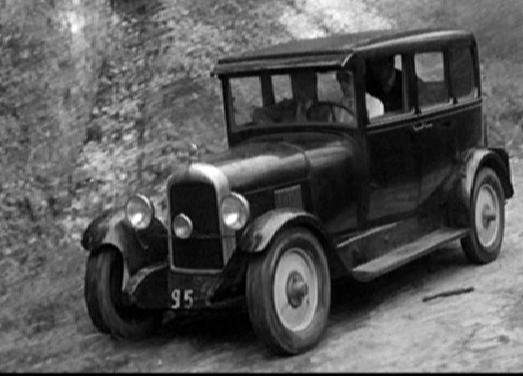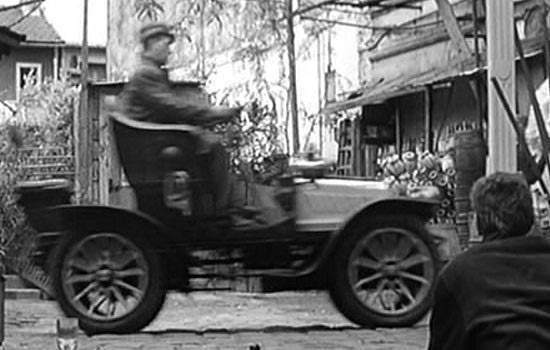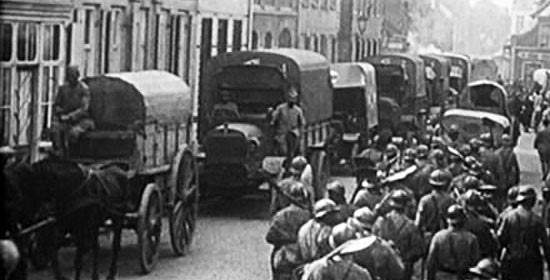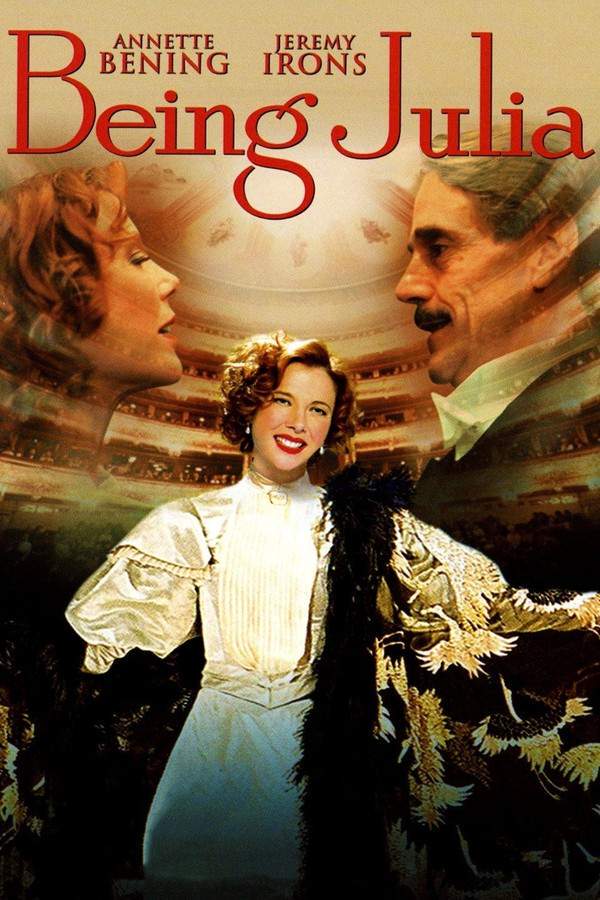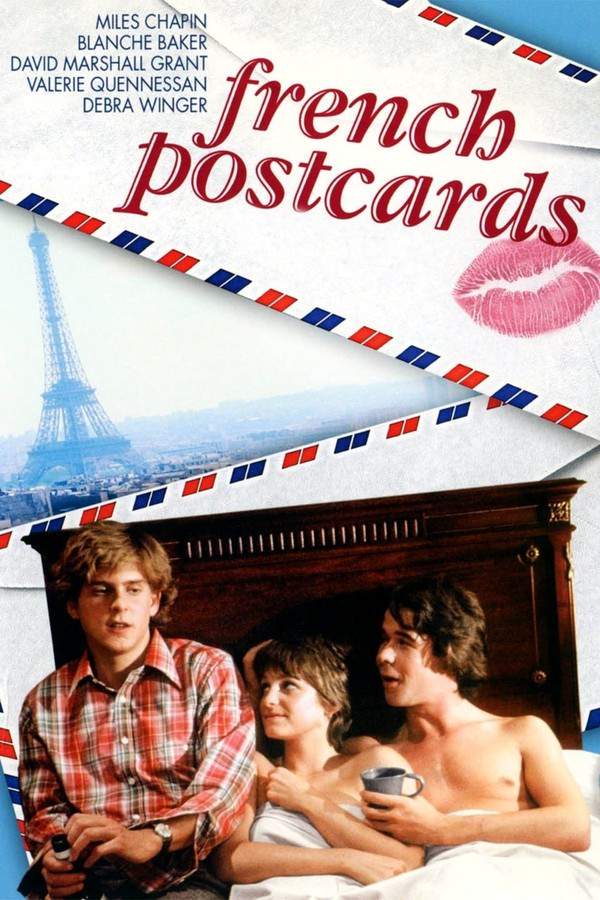Jules and Jim 1962
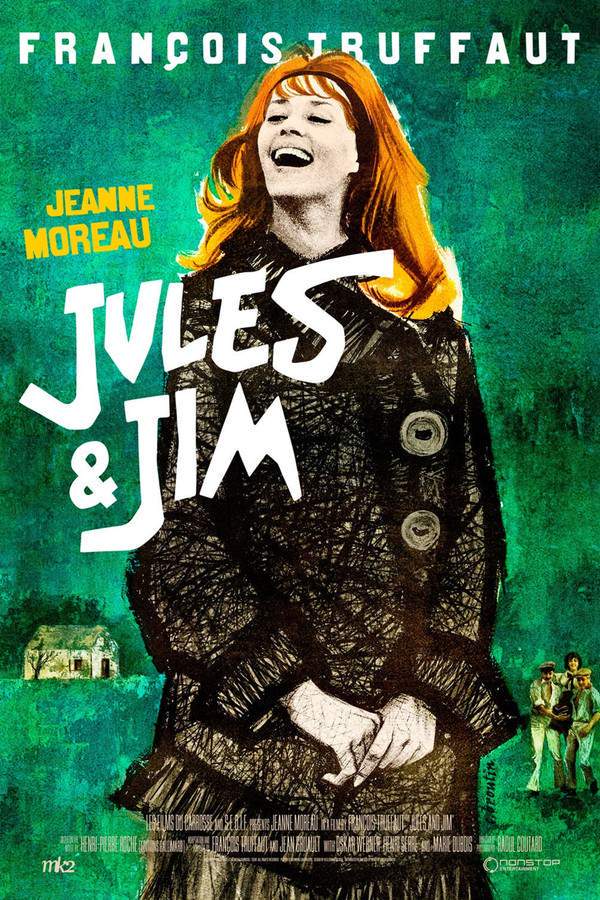
Set in the years leading up to World War I, this film explores the complex relationship between two close friends, Jules and Jim. The introspective author Jules and the adventurous Frenchman Jim develop an enduring bond, which is tested by their shared affection for the enchanting Catherine. As they experience love, loss, and the devastation of war, their lives become deeply intertwined, creating a poignant story of friendship, rivalry, and enduring connection.
Does Jules and Jim have end credit scenes?
No!
Jules and Jim does not have end credit scenes. You can leave when the credits roll.
Meet the Full Cast and Actors of Jules and Jim
Explore the complete cast of Jules and Jim, including both lead and supporting actors. Learn who plays each character, discover their past roles and achievements, and find out what makes this ensemble cast stand out in the world of film and television.
External Links and Streaming Options
Discover where to watch Jules and Jim online, including streaming platforms, rental options, and official sources. Compare reviews, ratings, and in-depth movie information across sites like IMDb, TMDb, Wikipedia or Rotten Tomatoes.
Ratings and Reviews for Jules and Jim
See how Jules and Jim is rated across major platforms like IMDb, Metacritic, and TMDb. Compare audience scores and critic reviews to understand where Jules and Jim stands among top-rated movies in its genre.

97
Metascore
7.1
User Score


94%
TOMATOMETER

89%
User Score

7.7 /10
IMDb Rating

76
%
User Score
Take the Ultimate Jules and Jim Movie Quiz
Challenge your knowledge of Jules and Jim with this fun and interactive movie quiz. Test yourself on key plot points, iconic characters, hidden details, and memorable moments to see how well you really know the film.
Jules and Jim Quiz: Test your knowledge on the classic 1962 film 'Jules and Jim' and its intricate love triangle set against the backdrop of war.
What is the primary setting time frame of 'Jules and Jim'?
Before and after World War II
Before, during and after the Great War
During the Cold War
Before and during the French Revolution
Show hint
Awards & Nominations for Jules and Jim
Discover all the awards and nominations received by Jules and Jim, from Oscars to film festival honors. Learn how Jules and Jim and its cast and crew have been recognized by critics and the industry alike.
16th British Academy Film Awards 1963
Best Film
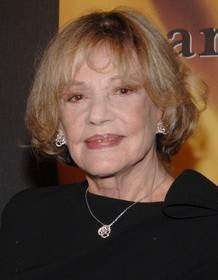
Full Plot Summary and Ending Explained for Jules and Jim
Read the complete plot summary of Jules and Jim, including all major events, twists, and the full ending explained in detail. Explore key characters, themes, hidden meanings, and everything you need to understand the story from beginning to end.
The film unfolds in the tumultuous era before, during, and after the Great War, traversing varied landscapes across France, Austria, and Germany. At the heart of the story is Jules, a reserved writer from Austria, portrayed by Oskar Werner, who strikes up a bond with the vivacious Frenchman Jim, played by Henri Serre. Their camaraderie is forged over a shared passion for art and the alluring Bohemian lifestyle. Their lives take a fascinating turn during a slide show, where they both become captivated by the image of a serene goddess. This leads them on a romantic journey to the Adriatic Sea to find the actual statue.
Their encounters introduce them to the spirited and unpredictable Catherine, a character brought to life by Jeanne Moreau. Catherine’s resemblance to the statue and her lively disposition draws both men to her, and although she begins a romantic relationship with Jules, her magnetic presence influences both men profoundly. Meanwhile, Jim maintains a separate relationship with Gilberte, often meeting her apart from his friends.
As the war looms, the two men’s lives are forever altered; Jules and Catherine prepare for marriage in Austria while both serve in the war, facing the dread of potentially confronting each other in battle. Following the conflict, Jim visits Jules and Catherine, who now have a daughter named Sabine. Jules confides his marital struggles to Jim, revealing that Catherine’s flirtations and infidelity weigh heavily on him. In a desperate move, Jules encourages Jim to pursue Catherine to sustain his connection with her.
Their unorthodox living arrangements lead to a brief period of happiness until a desire for children creates tension between Jim and Catherine. After Jim returns to Paris, a series of letters between him and Catherine unfolds, only to be interrupted by the tragic news of her miscarriage.
Upon reuniting in Paris, Jim discovers Jules and Catherine have returned. In a climactic turn, Catherine, seeking to rekindle their past connection, confronts Jim in a cafe and later proposes a ride, leading to a deadly plunge into the river—in a haunting echo of her earlier actions when she leaped into the Seine. The aftermath leaves Jules to grapple with the loss of both friends, reflecting on the ephemeral nature of love and the weight of societal expectations on individual desires.
Through this intricate tale of love and loss, the film delves into the essence of freedom, connection, and the sacrifices made in the name of love, ultimately leaving Jules to carry the memories of those he cherished while navigating a world reshaped by the war and personal tragedy.
Uncover the Details: Timeline, Characters, Themes, and Beyond!

Coming soon on iOS and Android
The Plot Explained Mobile App
From blockbusters to hidden gems — dive into movie stories anytime, anywhere. Save your favorites, discover plots faster, and never miss a twist again.
Sign up to be the first to know when we launch. Your email stays private — always.
Watch Trailers, Clips & Behind-the-Scenes for Jules and Jim
Watch official trailers, exclusive clips, cast interviews, and behind-the-scenes footage from Jules and Jim. Dive deeper into the making of the film, its standout moments, and key production insights.
Cars Featured in Jules and Jim
Explore all cars featured in Jules and Jim, including their makes, models, scenes they appear in, and their significance to the plot. A must-read for car enthusiasts and movie buffs alike.
Jules and Jim Themes and Keywords
Discover the central themes, ideas, and keywords that define the movie’s story, tone, and message. Analyze the film’s deeper meanings, genre influences, and recurring concepts.
Jules and Jim Other Names and Titles
Explore the various alternative titles, translations, and other names used for Jules and Jim across different regions and languages. Understand how the film is marketed and recognized worldwide.
Similar Movies To Jules and Jim You Should Know About
Browse a curated list of movies similar in genre, tone, characters, or story structure. Discover new titles like the one you're watching, perfect for fans of related plots, vibes, or cinematic styles.
Quick Links: Summary, Cast, Ratings, More

What's After the Movie?
Not sure whether to stay after the credits? Find out!
Explore Our Movie Platform
New Movie Releases (2026)
Famous Movie Actors
Top Film Production Studios
Movie Plot Summaries & Endings
Major Movie Awards & Winners
Best Concert Films & Music Documentaries
Movie Collections and Curated Lists
© 2026 What's After the Movie. All rights reserved.















